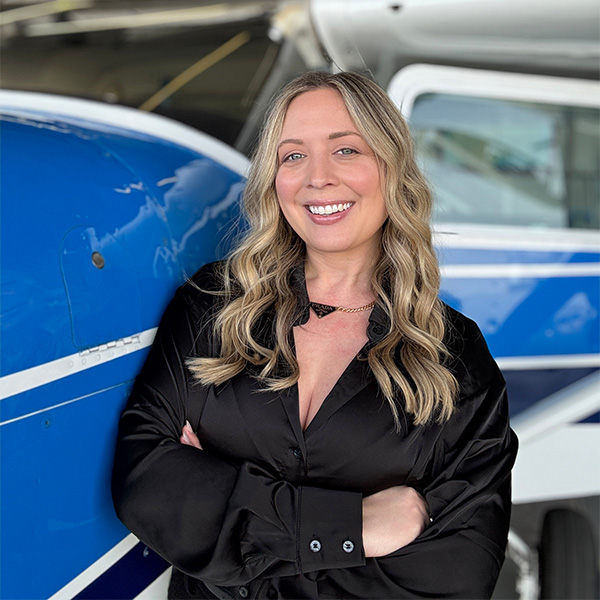FAA approves Reliable Robotics' path to autonomy certification
Aviation automation developer Reliable Robotics announced that the basis for certifying a system that would allow aircraft such as a Cessna Caravan to aviate and navigate without human help has been accepted by the FAA.
In the announcement the Mountain View, California-based company said, “The final G-1 issue paper defines the certification basis for the company’s Supplemental Type Certification (STC) on the Cessna 208 Caravan, a popular cargo aircraft. This STC will enhance safety by enabling continuous autopilot engagement through all phases of aircraft operation, including taxi, takeoff, cruise, landing, braking and rollout, with a single pilot on board for abnormal procedures.”
“We are very appreciative of the FAA’s noteworthy attention to detail and ongoing support,” said Mark Mondt, Director of Certification at Reliable Robotics. “This certification basis is the culmination of years of work with the FAA and represents a key step towards bringing advanced navigation and autoflight systems to normal category aircraft. We look forward to continuing our work together as we move into the next phase of the certification process.”
With their advanced automation system, Reliable Robotics hopes to reduce the occurrence of Controlled Flight Into Terrain (CFIT) and Loss of Control (LOC) accidents, which remain the top two causes of fatal accidents in small aircrafts.




